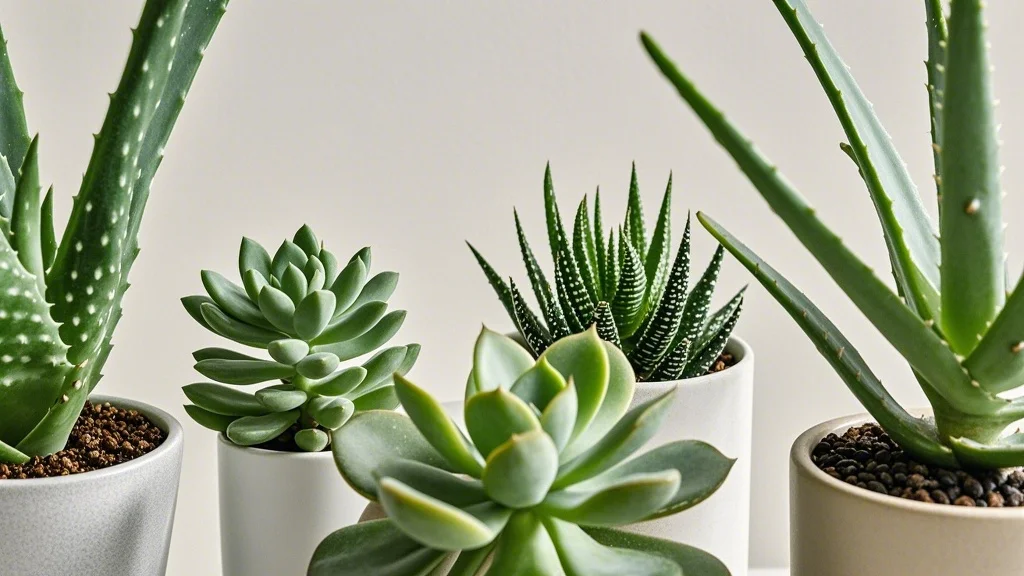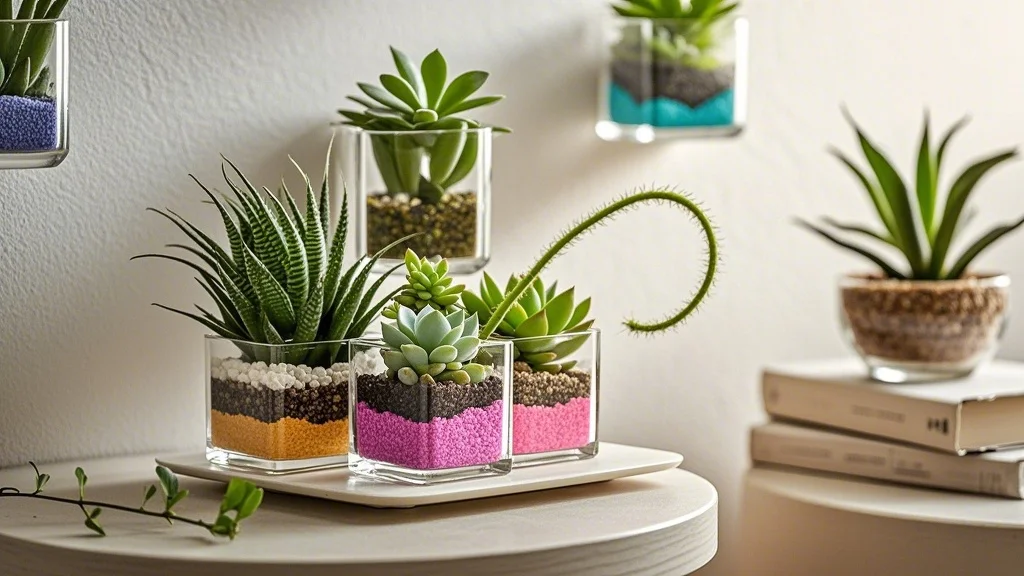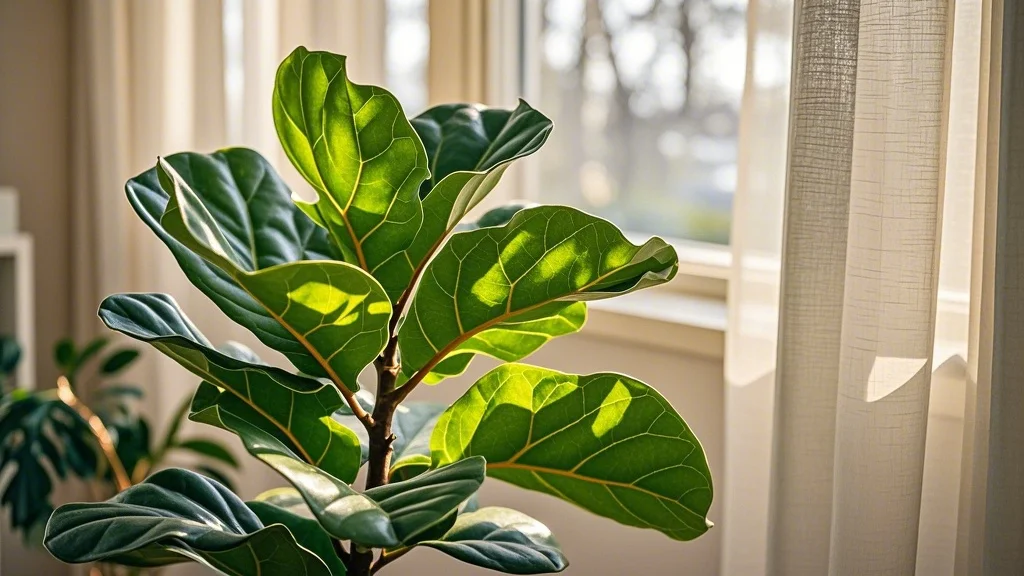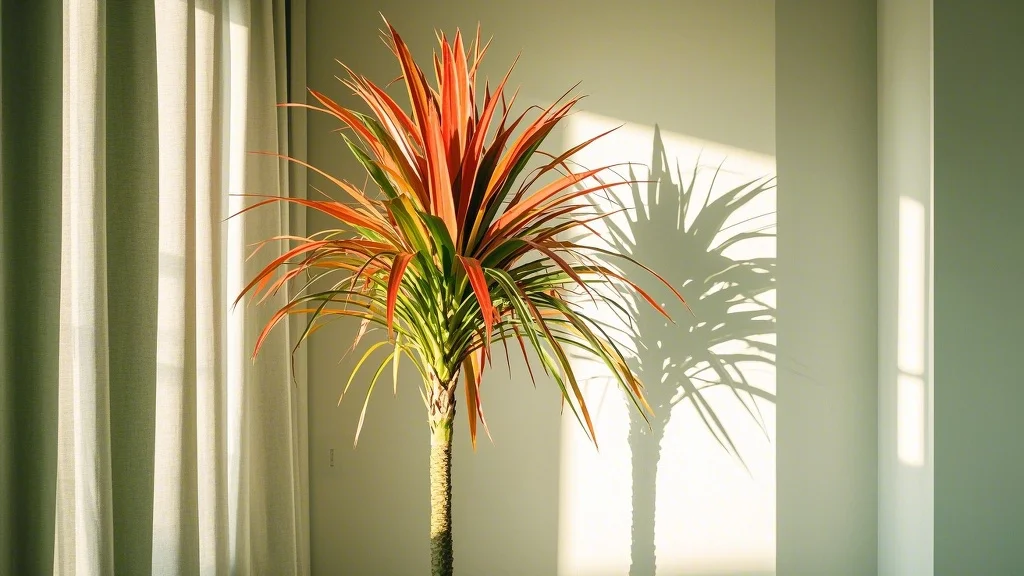Succulents have become the darlings of indoor gardening, and for good reason. These architectural wonders store water in their fleshy leaves, stems, or roots, creating striking shapes and textures that add character to any space. For apartment dwellers and beginners, succulents offer the perfect entry point into plant parenthood—they’re forgiving, low-maintenance, and incredibly diverse.
This comprehensive guide will walk you through everything you need to know about caring for succulents indoors, from selecting the right varieties to troubleshooting common problems. Whether you’re nurturing your first jade plant or expanding your collection with rare specimens, these essential tips will help your succulents not just survive but truly thrive in your urban oasis.
Contents
- 1 Understanding Succulents
- 2 Essential Care Requirements
- 3 Containers and Potting
- 4 Fertilizing Succulents
- 5 Propagation: Expanding Your Collection
- 6 Common Problems and Solutions
- 7 Seasonal Care Adjustments
- 8 Styling with Succulents: Design Ideas for Small Spaces
- 9 Conclusion
- 10 FAQ: Quick Answers to Common Questions
Understanding Succulents
What Makes a Plant a Succulent?
Succulents are defined by their ability to store water in specialized tissues, an adaptation that allows them to survive in arid environments. This water storage happens in different plant parts:
-
Leaf succulents: Store water in thick, fleshy leaves (Echeveria, Haworthia)
-
Stem succulents: Store water in their stems (Euphorbia, many cacti)
-
Root succulents: Store water underground (Ponytail Palm)
Popular Indoor Succulent Varieties for Beginners

If you’re just starting your succulent journey, these varieties are particularly forgiving:
-
Aloe Vera – Beyond its medicinal properties, aloe is resilient and communicates its needs clearly.
-
Jade Plant (Crassula ovata) – A classic with tree-like growth that can live for decades.
-
Haworthia – Compact rosettes that tolerate lower light conditions better than most succulents.
-
Echeveria – Stunning rosette forms in blue-green to pink hues.
-
Zebra Plant (Haworthiopsis attenuata) – Distinctive white stripes and compact size make it perfect for small spaces.
-
String of Pearls (Senecio rowleyanus) – Trailing succulent with spherical leaves that’s perfect for hanging displays.
Essential Care Requirements
Light Requirements
Contrary to popular belief, most succulents don’t thrive in dark corners. As desert natives, they generally need:
-
Bright, indirect light for 6+ hours daily
-
Morning sun is ideal, as it’s less intense than afternoon sun
-
South or east-facing windows provide optimal natural light
-
Rotate plants regularly to prevent lopsided growth
Signs your succulent isn’t getting enough light include:
- Elongated, stretched stems (etiolation)
- Leaning toward light sources
- Faded, less vibrant coloration
If your apartment lacks adequate natural light, consider supplementing with:
-
Grow lights positioned 6-12 inches above plants
-
LED grow bulbs in regular lamps (look for full-spectrum options)
-
Light timers to ensure consistent daily exposure (12-14 hours is ideal)
Watering Wisdom
The number one cause of succulent death is overwatering. Remember this golden rule: It’s better to underwater than overwater.
The Soak and Dry Method
- Water thoroughly until water flows from drainage holes
- Allow soil to dry completely between waterings
- Check moisture by inserting a wooden skewer or your finger into the soil
- Wait for signs of thirst (slightly wrinkled leaves, duller appearance) before watering again
Seasonal Adjustments
-
Growing season (spring/summer): Water every 1-2 weeks
-
Dormant period (fall/winter): Reduce to once every 3-4 weeks
-
Always adjust based on your specific environment—apartments with dry air may require more frequent watering
Watering Techniques
- Water the soil directly, avoiding the leaves when possible
- Morning watering allows excess moisture to evaporate during the day
- Consider bottom watering for small pots by placing them in a shallow tray of water for 5-10 minutes
Soil Requirements
Standard potting soil is the enemy of healthy succulents. These plants need:
-
Excellent drainage to prevent root rot
-
Mineral components that mimic their native habitats
-
Low organic matter to avoid water retention
DIY Succulent Soil Recipe
Create the perfect mix by combining:
- 2 parts coarse sand or perlite
- 2 parts potting soil or coco coir
- 1 part pumice or small gravel
Commercial cactus/succulent mixes work well too, though many enthusiasts add extra perlite or pumice for improved drainage.
Temperature and Humidity
Most indoor succulents prefer:
-
Daytime temperatures: 70-85°F (21-29°C)
-
Nighttime temperatures: 50-55°F (10-13°C)
-
Low humidity: 30-50% is ideal
While succulents can tolerate temperature fluctuations, protect them from:
-
Cold drafts from windows or air conditioners
-
Heating vents that can cause rapid dehydration
-
Extreme temperature changes that stress the plants
For apartment dwellers in humid climates:
- Ensure good air circulation with fans
- Avoid grouping succulents with tropical plants that prefer humidity
- Use terra cotta pots, which wick away excess moisture
Containers and Potting
Choosing the Right Containers
The best pots for succulents share these characteristics:
-
Drainage holes are non-negotiable
-
Shallow rather than deep to prevent excess soil moisture
-
Porous materials like unglazed terra cotta that allow soil to dry evenly
While decorative containers add style, always prioritize drainage. If you fall in love with a pot without holes:
- Drill drainage holes yourself
- Use it as a cachepot with a proper growing pot inside
- Add a thick layer of gravel at the bottom (though this is less effective than actual drainage)
Potting and Repotting
When potting succulents:
- Choose a container just slightly larger than the root ball
- Add a layer of coarse material at the bottom for extra drainage
- Fill with well-draining succulent soil
- Position the plant so its crown sits just above the soil line
- Wait 1-2 days before watering newly potted succulents to allow any root damage to heal
Most succulents need repotting every 1-2 years, or when:
- Roots emerge from drainage holes
- Growth becomes stunted
- The plant becomes top-heavy
- Soil no longer drains effectively
Fertilizing Succulents
Succulents are light feeders that don’t require frequent fertilization. However, a gentle boost during the growing season supports healthy growth:
-
When: Spring and summer months only
-
What: Use a balanced, water-soluble fertilizer diluted to half strength
-
How often: Once every 4-6 weeks during active growth
-
Winter care: No fertilizer needed during dormancy
Specialized cactus/succulent fertilizers with higher phosphorus content can promote flowering. Always err on the side of under-fertilizing—too much can damage roots and cause leggy growth.
Propagation: Expanding Your Collection
One of the joys of succulent growing is how readily most varieties propagate. Three main methods work well for beginners:
Leaf Propagation
Perfect for rosette-forming succulents like Echeveria:
- Gently twist a healthy leaf from the stem, ensuring a clean break
- Allow the leaf to callus for 2-3 days
- Place on well-draining soil, not buried
- Mist occasionally until roots and a tiny rosette form
- Once the mother leaf withers, you have a new plant!
Stem Cuttings
Ideal for branching varieties like jade plants:
- Cut a 2-4 inch section of healthy stem with sterilized scissors
- Remove lower leaves to expose 1-2 inches of stem
- Allow the cut end to callus for several days
- Plant in slightly damp succulent soil
- Wait 2-3 weeks for roots to establish before normal watering
Offsets or “Pups”
Many succulents produce baby plants around their base:
- Wait until offsets are at least 1/3 the size of the mother plant
- Gently separate from the main plant, ensuring some roots remain attached
- Pot in well-draining soil
- Water lightly after a week
Common Problems and Solutions
Pest Management
Despite their tough appearance, succulents can attract several pests:
Mealybugs
-
Signs: White, cotton-like clusters in leaf joints
-
Treatment: Remove with alcohol-dipped cotton swab; spray with insecticidal soap
Spider Mites
-
Signs: Fine webbing, stippled discoloration
-
Treatment: Increase humidity temporarily; neem oil applications
Scale Insects
-
Signs: Brown bumps that don’t scrape off easily
-
Treatment: Manual removal with soft toothbrush; horticultural oil
Fungus Gnats
-
Signs: Small black flies hovering around soil
-
Treatment: Allow soil to dry completely; use sticky traps; apply diatomaceous earth to soil surface
Disease Prevention and Treatment
Most succulent diseases relate to moisture issues:
Root Rot
-
Signs: Blackened, mushy stems; yellowing leaves
-
Prevention: Well-draining soil; proper watering schedule
-
Treatment: Remove affected parts; repot in fresh soil; reduce watering
Powdery Mildew
-
Signs: White, powdery coating on leaves
-
Prevention: Good air circulation; avoid wetting leaves
-
Treatment: Remove affected leaves; apply fungicide
Leaf Spot
-
Signs: Dark spots on leaves that may spread
-
Prevention: Avoid overhead watering; ensure good ventilation
-
Treatment: Remove affected leaves; apply copper-based fungicide
Troubleshooting Common Issues
Etiolation (Stretching)
-
Cause: Insufficient light
-
Solution: Gradually increase light exposure; consider grow lights
Leaf Drop
-
Cause: Usually overwatering, sometimes temperature shock
-
Solution: Adjust watering schedule; protect from extreme temperature changes
Soft, Mushy Leaves
-
Cause: Overwatering
-
Solution: Reduce watering frequency; check for proper drainage
Wrinkled, Shriveled Leaves
-
Cause: Underwatering
-
Solution: Increase watering slightly; check if roots are healthy
Sunburn
-
Signs: Brown or white patches on leaves
-
Solution: Provide shade during intense afternoon sun; acclimate plants gradually to higher light
Seasonal Care Adjustments
Succulents have natural growth cycles that require seasonal adjustments:
Spring/Summer Care
- Increase watering as growth accelerates
- Apply diluted fertilizer every 4-6 weeks
- Watch for signs of stretching in inadequate light
- Protect from intense afternoon sun that can burn leaves
Fall/Winter Care
- Reduce watering significantly as growth slows
- Discontinue fertilization
- Move plants to brightest available location as daylight hours decrease
- Keep away from cold drafts and heating vents
- Maintain minimum temperatures above 50°F (10°C)
Styling with Succulents: Design Ideas for Small Spaces

Apartment dwellers can maximize their succulent displays with these space-efficient ideas:
Vertical Gardens
- Wall-mounted planters with proper drainage
- Hanging containers for trailing varieties
- Tiered shelving near bright windows
Miniature Landscapes
- Shallow containers with multiple varieties
- Terrariums (with open tops for air circulation)
- Dish gardens with decorative stones
Desktop Displays
- Small concrete or ceramic pots for individual specimens
- Glass containers with colored sand layers
- Repurposed vintage containers with drainage added
Conclusion
Succulents offer apartment dwellers and beginners a perfect blend of architectural beauty and forgiving nature. By understanding their desert origins and adapting your care to mimic those conditions, you’ll create an indoor oasis of these fascinating plants.
Remember the essentials: bright light, infrequent but thorough watering, well-draining soil, and protection from temperature extremes. With these fundamentals in place, your succulent collection will not only survive but flourish, bringing a touch of desert magic to your urban space.
As you gain confidence, experiment with different varieties, propagation methods, and creative displays. The world of succulents is vast and varied—a lifelong journey of discovery awaits the curious indoor gardener.
FAQ: Quick Answers to Common Questions
Q: How often should I water my indoor succulents?
A: Most indoor succulents need watering only when the soil is completely dry, typically every 1-2 weeks in summer and 3-4 weeks in winter.
Q: Can succulents live in rooms with little natural light?
A: Most succulents need bright light to thrive. In low-light rooms, supplement with grow lights positioned 6-12 inches above plants for 12-14 hours daily.
Q: Why are my succulent’s lower leaves turning yellow and falling off?
A: Some leaf loss is normal as plants grow. Excessive leaf drop usually indicates overwatering or poor drainage.
Q: Do succulents need special fertilizer?
A: While specialized cactus fertilizers work well, any balanced fertilizer diluted to half-strength and applied sparingly during the growing season is sufficient.
Q: Can I keep different types of succulents together?
A: Group succulents with similar care requirements. Avoid mixing desert cacti with jungle cacti or succulents that need different watering schedules.








